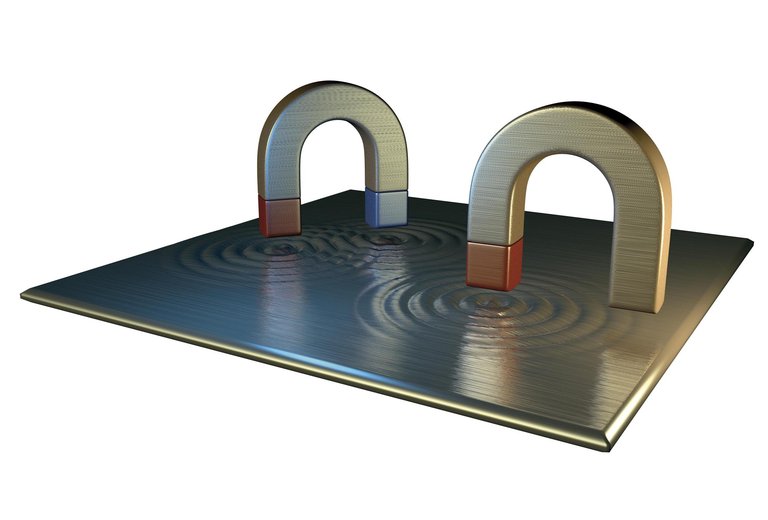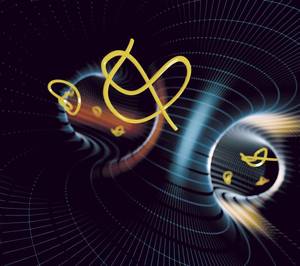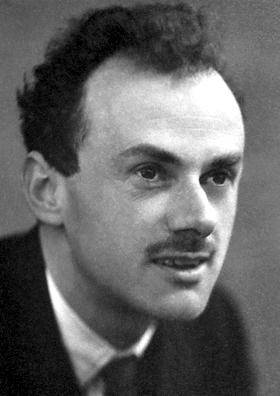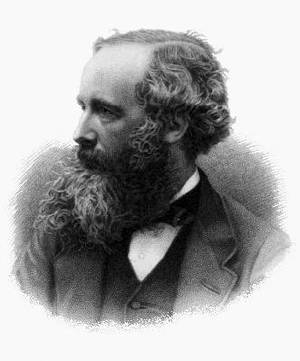A single pole, a dream

In 1982 physicists at Stanford University measured a signal supposedly caused by a magnetic monopole. This belief indicates that the monopoles created in the Big Bang explosion still move freely in space, and that one of them passed through Stanford University, while physicist Blas Cabrera was conducting an experiment. It passed through the inside of a spire of superconducting material and there was a leap in the magnetic flow. Cabrera was convinced of this because the magnetic flow drop was exactly the same as that caused by a monopole. This story is known as the Stanford event.
Cabrera was able to publish this measurement in Physical Review Letters magazine and the university gave him money to buy a better team and repeat experiments. But the Stanford event has never been repeated. Neither Cabrera nor anyone else in the world have detected another monopoly.
Since then there has been a great debate. On the one hand, it was difficult to recognize that Cabrera's measurement was a discovery of the magnetic monopole, as it was a unique observation, and that the results of a discovery must be repeatable. On the other hand, it could not be demonstrated whether or not the origin of the observed was a monopole. Many groups showed interest in the Stanford event. For example, in 1984 the CFM team of the Fermilab laboratory repeated the Cabrera experiment by modifying the conditions to facilitate detection and did not detect monopolies. According to them, the probability that Stanford's event is a monopole is very low. Perhaps another factor could modify the magnetic flux to this extent.
In fact, over time many physicists discovered that turning on and off an electrical device also modifies the magnetic flow. That was really a discovery. ( In The Big Bang Theory use this discovery and the Stanford event in a chapter related to the magnetic monopole z.)
Opportunity for fantasy
Over time, the Stanford event has lost importance. The scientific community did not consider it a discovery and the search for monopoly continued. They are still in it. Some physicists say that the monopole has to exist because some theoretical calculations indicate it; and if they found it, it would be a revolution in physics. Other physicists claim that the magnetic monopole is just a fantasy.
And it is true that today's physics is full of fantasy. Physicists do not always observe the universe to make discoveries, sometimes develop a theory using previous data and look for everything that would support this theory. In many cases, theoretical calculations predict what should exist and what should not. But it can be a fantasy. There are many examples today: parallel universes, tachyons (particles faster than light), rare elementary particles, dark matter and energy, etc.
To a certain extent, it is not fair to call all of them fantasy, since occasionally this type of theoretical hypothesis is confirmed. Thus, for example, they found the planet Neptune; a physicist calculated that, seeing how the known planets moved, a planet should be in a certain environment of the solar system. Astronomers searched for that new planet and discovered Neptune. Another example is the Higgs boson, which in 1964 the English physicist Peter Higgs developed a theory of particle mass based on an alleged particle (a boson). He announced the existence of the particle and found it in late 2011 (although it is still a discovery to be confirmed).
But there have also been great defeats. For example, the XIX. In the 19th century, some physicists claimed that a planet should be between the Sun and Mercury. The same argument was used as an argument to announce to Neptune that Mercury had a very rare orbit and that another planet would explain that orbit. The alleged planet was called Bulkano and was eagerly sought. But Albert Einstein's general relativity explained that Mercury's strange orbit is a consequence of nearness to the Sun and that Bulkano does not exist.
Another example is ether, a substance that fills the void of the universe. Many physicists believed it existed. But Albert Abraham Michelson and Edward Morley designed an experiment that totally discarded the idea of ether, one of the pillars of Einstein's special relativity.
Neptune and the boson supposedly Higgs are real. Bulcano and ether only fantasies. And the magnetic monopole? At the moment, the monopole is part of the list of physical fantasies. But it must be recognized that it is very high in this list.
Dirac dixit

Every year there is news about the discovery of the monopole. Systems that act as monopoles have been found, as in September 2009 physicists at the Helmholtz centre in Berlin first announced that they had detected the monopole in a titanium dispersion magnet. This material crystallizes in a strange geometry and some areas of the interior of the crystal can be considered monopoly. But while discovery is important, it is not what scientists expect. The real discovery would be to find a particle with a single magnetic pole. It is believed that it can exist. This is evidenced by the calculations made by the great English physicist Paul Dirac in 1931. Dirac said that he was not looking for the same monopole, but that it appeared in the calculations; the calculations announced a string structure with a single magnetic pole, elementary particles. They are the strings of Dirac.
And it is possible that Dirac's rope occupies the place of photons in the theory of electromagnetic force. So far physicists recognize that photons transmit magnetism (and electricity). That is, the positive pole of a magnet attracts the negative pole because when they are close they exchange photons. But perhaps the culprits are not the photons, but the ropes of Dirac. The calculations of some theories, made by Dirac, announce it.
And, according to many physicists, it is logical. Particles with a single electric charge are known, such as the electron and the proton, why won't there be particles with a single magnetic pole? As is now understood, electricity and magnetism are practically the same with this exception, that is, the magnetic monopole is not known but the electric one.
Mathematically it is easy to find the magnetic monopole. A typical magnet has both poles at the ends, and with the extension of this structure the poles move away from each other. In a structure that extends to infinity, each end will be a monopole. And without reaching infinity, that's what physicists of the Helmholtz center in Berlin have achieved; there are parts or areas of a material that act as if they were monopoles. However, it is not a pure magnetic monopole. It is not a particle with a single pole. The search for this particle has not concluded.
Dirac himself accepted the situation after 50 years. In 1981 he wrote about the monopole: "From a theoretical point of view, I tend to think that monopoles exist because of the beauty of the mathematics of its creation. Although many trials have been conducted to detect them, none have been successful. Hence we should conclude that mathematical beauty is not enough for nature to apply a theory. We have much to research on the basic principles of nature."
It's been 30 more years and the search is in a similar state. It has been searched near the absolute zero, with special materials that crystallize according to a special topology, trying to measure the strange magnetic effects that monopoles would produce, such as the quantum effect Hall. And the monopole does not appear. Keep on the list of physical fantasies. Among physicists it is still a fashion theme. How long?
Buletina
Bidali zure helbide elektronikoa eta jaso asteroko buletina zure sarrera-ontzian














